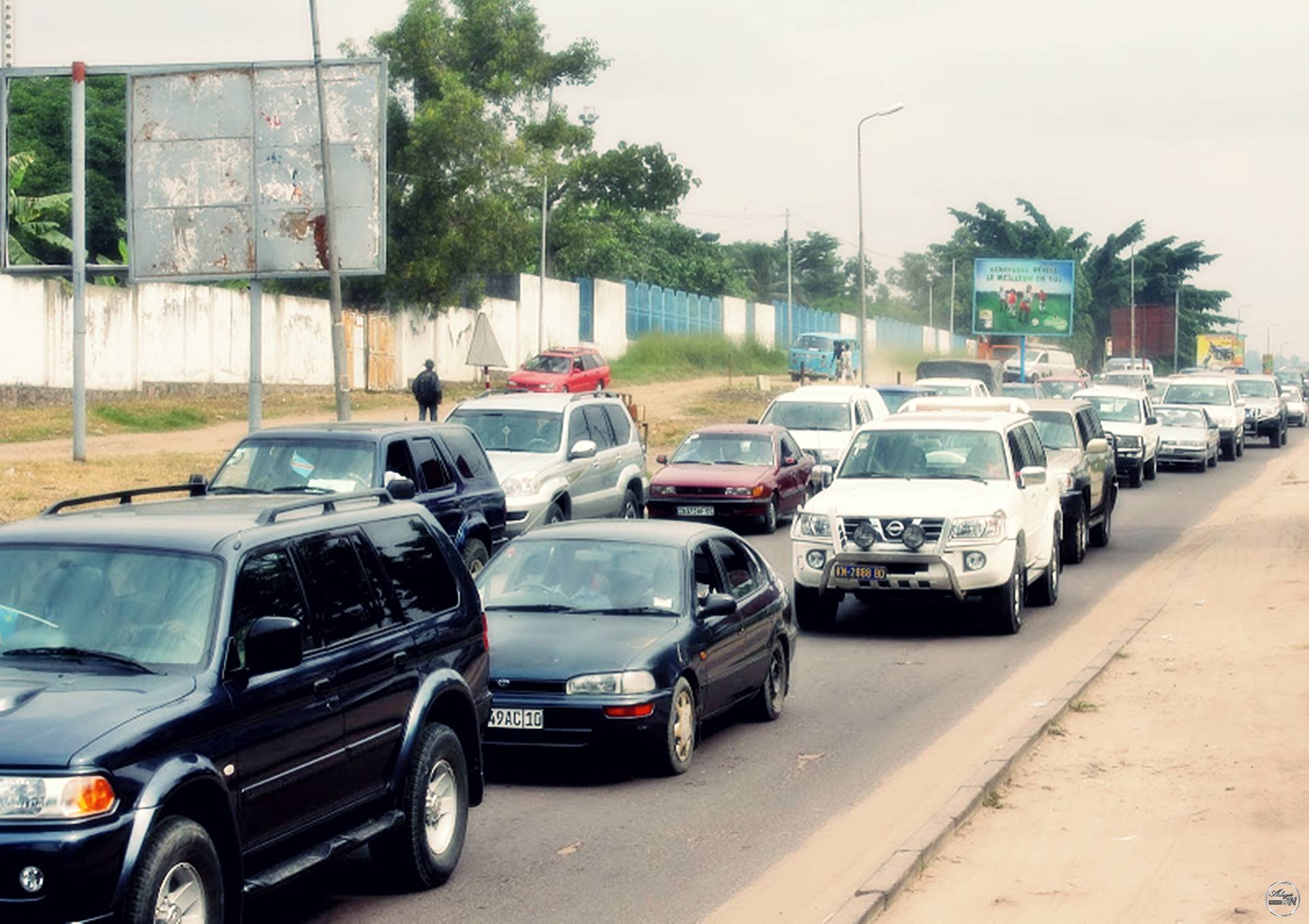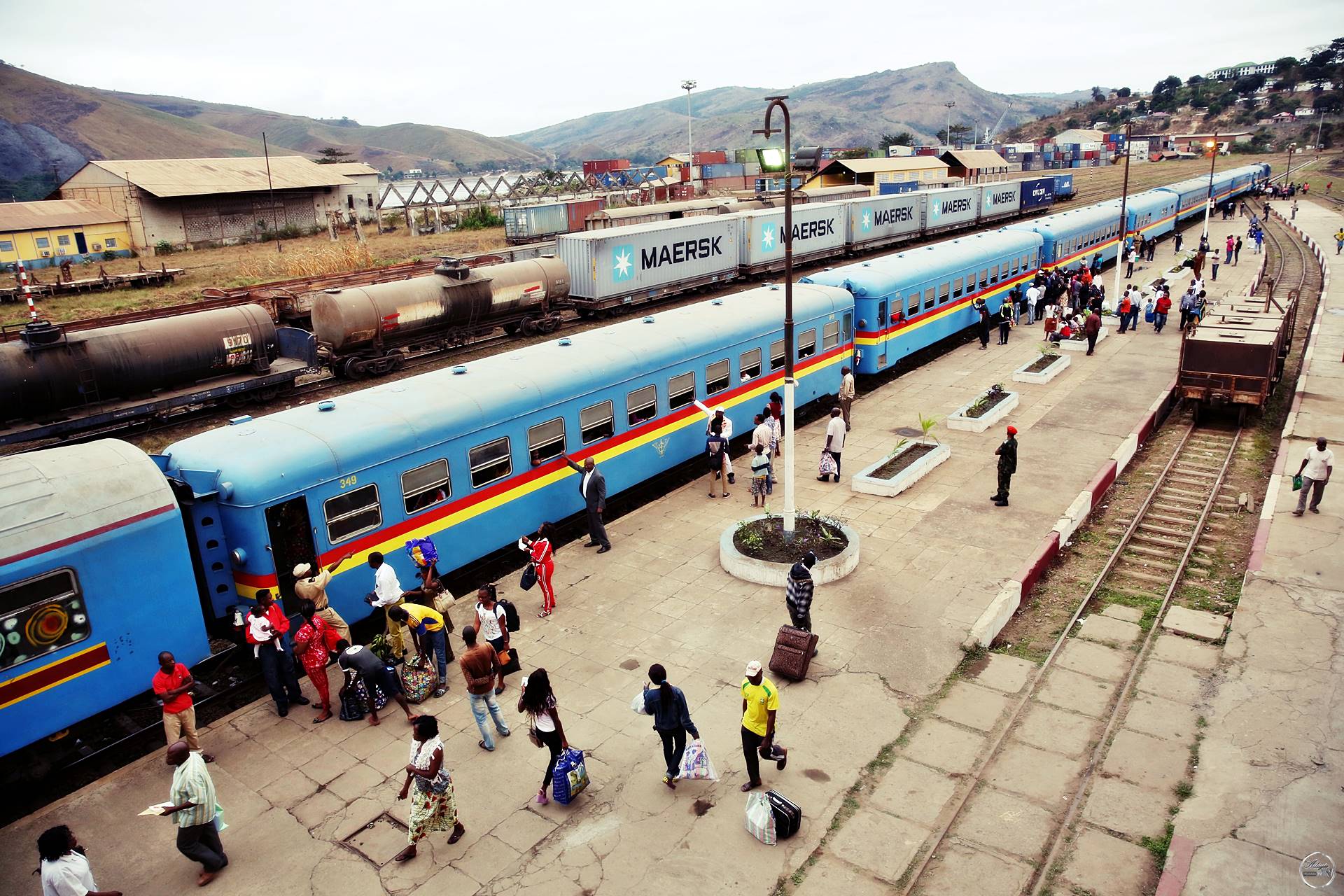Category: democratic-republic-of-congo
The Democratic Republic of the Congo – also known as DR Congo, East Congo, DRC, DROC, Congo-Kinshasa or simply the Congo, is a country located in Central Africa.
The DRC borders the Central African Republic and South Sudan to the north; Uganda, Rwanda, Burundi and Tanzania to the east; Zambia and Angola to the south; the Republic of the Congo to the west and the Atlantic Ocean to the southwest.
It is the second-largest country in Africa by area and eleventh largest in the world. With a population of over 80 million, the Democratic Republic of the Congo is the most populated officially Francophone country, the fourth most-populated nation in Africa and the seventeenth most populated country in the world. The territory of the DR Congo was first settled by humans around 90,000 years ago. Bantu peoples began migrating into the region in the 5th century and again in the 10th century. In the West of the region the Kingdom of Kongo ruled from the 14th to 19th centuries, while in the centre and East of the region, the kingdoms of Luba and Lunda ruled from the 16th and 17th centuries to the 19th century. In the 1870s, just before the onset of the Scramble for Africa,
European exploration of the Congo was carried out, first led by Henry Morton Stanley under the sponsorship of King Leopold II of Belgium.
Leopold formally acquired rights to the Congo territory at the Conference of Berlin in 1885 and made the land his private property. He named it the Congo Free State.


После четырёхлетнего переходного периода между двумя конституциями были созданы новые политические институты на различных уровнях всех ветвей власти, было принято новое административное деление, политическая система ДРК, наконец, приняла устойчивый вид президентской демократической республики.
Согласно положениям переходной конституции 2003 г., был создан законодательный орган, состоящий из двух палат – Сената и Национального собрания.
Сенат, помимо прочего, был ответственен за разработку новой конституции. Исполнительная власть была возложена на кабинет министров из 60 членов, возглавляемый президентом и четырьмя вице-президентами. Президент получил полномочия верховного главнокомандующего вооружёнными силами. Переходная конституция также установила относительно независимую судебную систему во главе с Верховным судом, имеющим право на толкование конституции.


